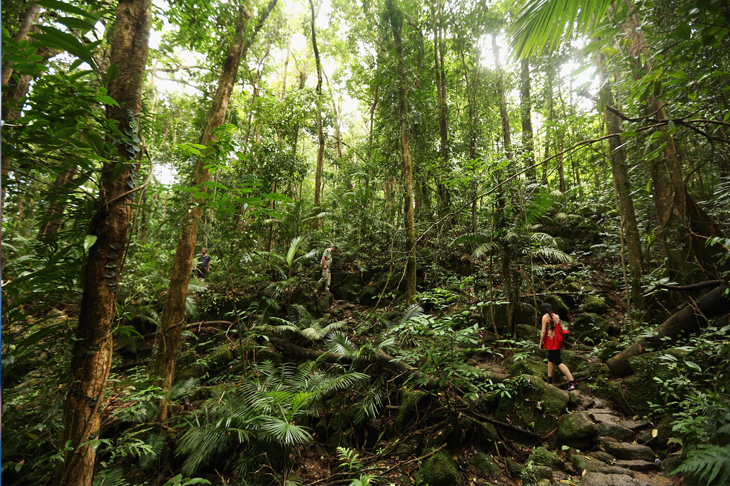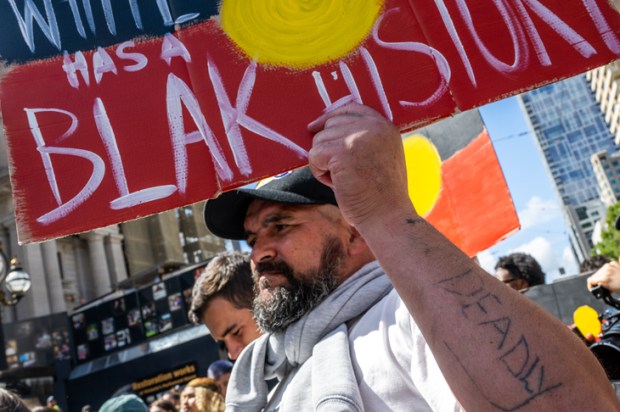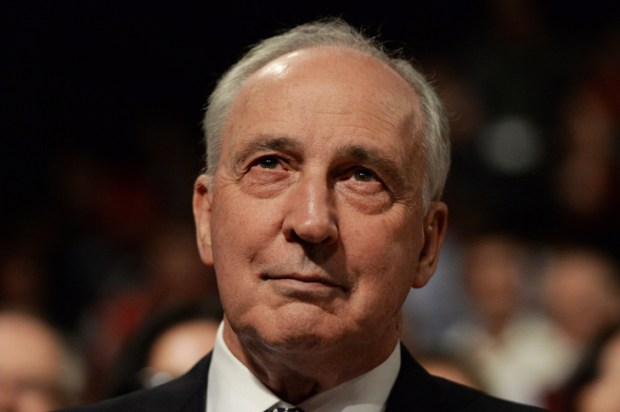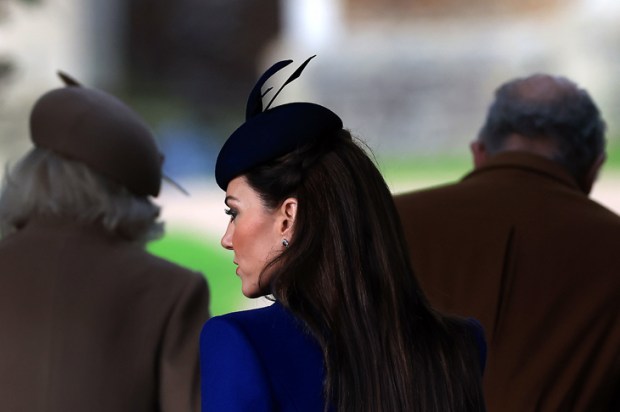Prime Minister Anthony Albanese has encouraged Australians ‘to talk with First Nations people’ about the Voice but with only 3.2 per cent of the population identifying as Aboriginal and/or Torres Strait Islander in the 2021 census, it isn’t that easy.
On a trip in May to Katherine in the Northern Territory, I ask James, a Jawoyn guide at Katherine Gorge, also known as Nitmiluk (pronounced Nit-Me-Look) which means Land of the Cicada Dreaming, what he thinks of the Voice. James works for Nitmiluk Tours which is 100 per cent owned and operated by the Jawoyn people. He replies warily that he doesn’t know too much about the Voice and that he can’t speak on behalf of the elders. What he does say is, ‘This land is 100 per cent owned by us, the Jawoyn people. We have worked very hard over the years to get control of the land. We have our plans for the future. We don’t want anyone from Canberra telling us what we can do.’
On a visit to Far North Queensland last week, the response is even stronger. Georgina Wieson is a Jirrbal woman from Chalumbin forest, which borders the Wet Tropics World Heritage Area, the world’s oldest tropical rainforest, that has been ranked as ‘the second most irreplaceable natural land area on the planet’.
Sir David Attenborough describes the Wet Tropics of Far North Queensland as ‘really, really extraordinary’. It is home to 535 native animals and birds including 28 rare or threatened species some of which are found nowhere else on the planet.
What is even more extraordinary is that Chalumbin is slated to be the location of a massive wind development.
If Environment Minister Tanya Plibersek approves the project in September, 146 kilometres of the forest will be cleared to build gravel access roads, up to 70 metres wide, and the mountainsides will be dynamited to cut through the rock so that the reticulated trucks can transport 282 propellers – each more than 100 metres long – for 94 turbines to the highest ridges. The towers will be 250 metres high and are a major threat to the rare birds that live in the wet tropics.
Wieson is passionately opposed to the project but full of anger and despair because other wind farms have been constructed nearby in record time. When asked about the Voice she says bitterly, ‘It’s BS,’ then apologises for her language. ‘I’m sorry, I swear like a trooper.’
She explains that, ‘Queensland already has a Voice but nobody is listening to us. We are the people of the rainforest. This is where we come from. They want to build massive roads through the forest to put up the turbines. It’s going to kill the animals, kill the birds, it will kill us. Nothing good can come of this.’ Her voice breaks with emotion. She pauses, then says, ‘The rivers have to stay pure. This is where the women come to give birth. This is where I bring my father who is sick. This land is sacred to us. I don’t like saying this, but putting wind turbines here is like putting them in a war memorial. It shows no respect.’
Patricia is also Jirrbal from Chalumbin. She says her tribe’s totem is the sulphur-crested cockatoo. As she speaks, a cockatoo flies overhead his raucous voice echoing eerily through the forest. When asked what she thinks of the Voice she speaks so softly that you can hardly hear her. ‘I think it’s a trick,’ she says. ‘It’s like all the other tricks they’ve done. They aren’t listening to us.’
The problem is that the developers don’t need to listen because Chalumbin is governed by the Native Title Act and an Indigenous Land Use Agreement controlled by the prescribed body corporate, the Wabubadda Aboriginal Corporation. It has done a deal with the developer, Ark Energy, a subsidiary of Korea Zinc, and the state government.
The women say there was virtually no consultation but under a special planning law for wind farms passed by the Queensland government called State Code 23 there are minimal requirements to consult with the community. The usual environmental protections such as detailed environmental impact statements also don’t apply.
Many non-indigenous locals are just as passionately opposed to the project. They have a deep spiritual connection to the wilderness. They are working arm in arm with the Jirrbal people but they have no status when it comes to lands held under native title. Indeed, according to the government-funded Australian Institute of Aboriginal and Torres Strait Islander Studies (AIATSIS), they should have no say regarding any land. The AIATSIS website says, ‘Wherever you are in Australia you are on the lands and waters of Australia’s First Peoples. Only traditional custodians can speak for and welcome visitors to their homelands.’ AIATSIS says it aims to inspire people to connect with the cultures of Australia’s First Peoples but the prospect of connecting with AIATSIS doesn’t sound all that promising for the Second Peoples of Australia? What are their rights ? Are they doomed to be landless second-class citizens?
A quick look at the federal parliament makes it clear that when it comes to the Voice, Aboriginal politicians do not speak with one voice. The trouble is that supporters of the Voice say that people who oppose the Voice are racist, even Aboriginal people. Voice architect Noel Pearson accused Senator Jacinta Nampijinpa Price of ‘punching down on blackfellas in a redneck celebrity vortex’. Price took it in her stride responding, ‘Aboriginal male bullies (are) nothing new to me’ but if the Voice is approved, would it reflect the diversity of views held by Aboriginal and Torres Strait Islander people?
Wieson is clear. ‘I don’t care who is in this Voice. Only our people can speak for us.’ Yet as with everyone else, the people of the rainforest don’t speak with one voice.
It is still not known when the referendum for the Voice will be held, but the Jirrbal aren’t putting their hopes in it to save them from the turbines. They want Plibersek to visit and hear them speak for themselves.
‘She’s a woman,’ says Patricia quietly. ‘If she sits with us in the forest, maybe she will understand.’
Got something to add? Join the discussion and comment below.
Get 10 issues for just $10
Subscribe to The Spectator Australia today for the next 10 magazine issues, plus full online access, for just $10.
A documentary by Nick Cater on the Jirrbal and the Chalumbin wind industry development will air on ADH TV this Thursday and on-demand at https://watch.adh.tv/nick-cater-s-battleground
You might disagree with half of it, but you’ll enjoy reading all of it. Try your first month for free, then just $2 a week for the remainder of your first year.














Comments
Don't miss out
Join the conversation with other Spectator Australia readers. Subscribe to leave a comment.
SUBSCRIBEAlready a subscriber? Log in